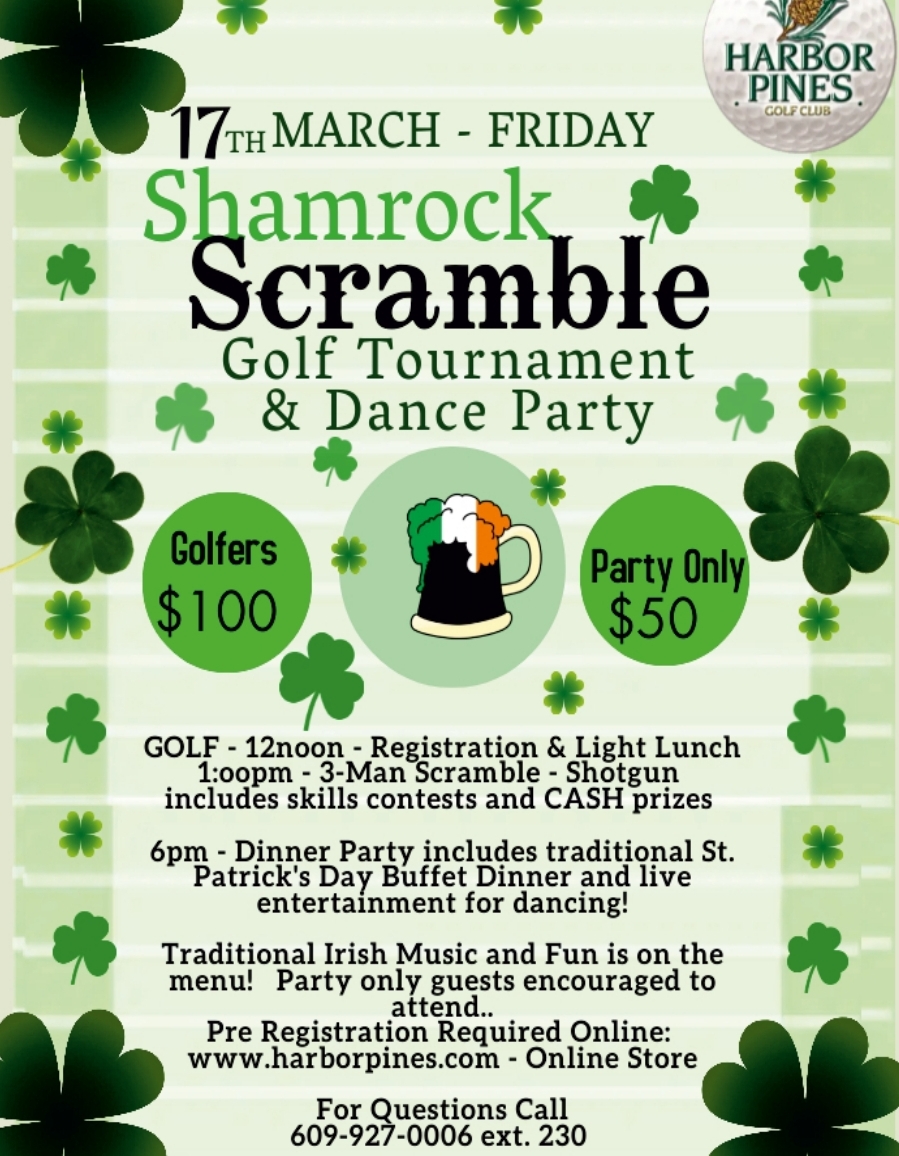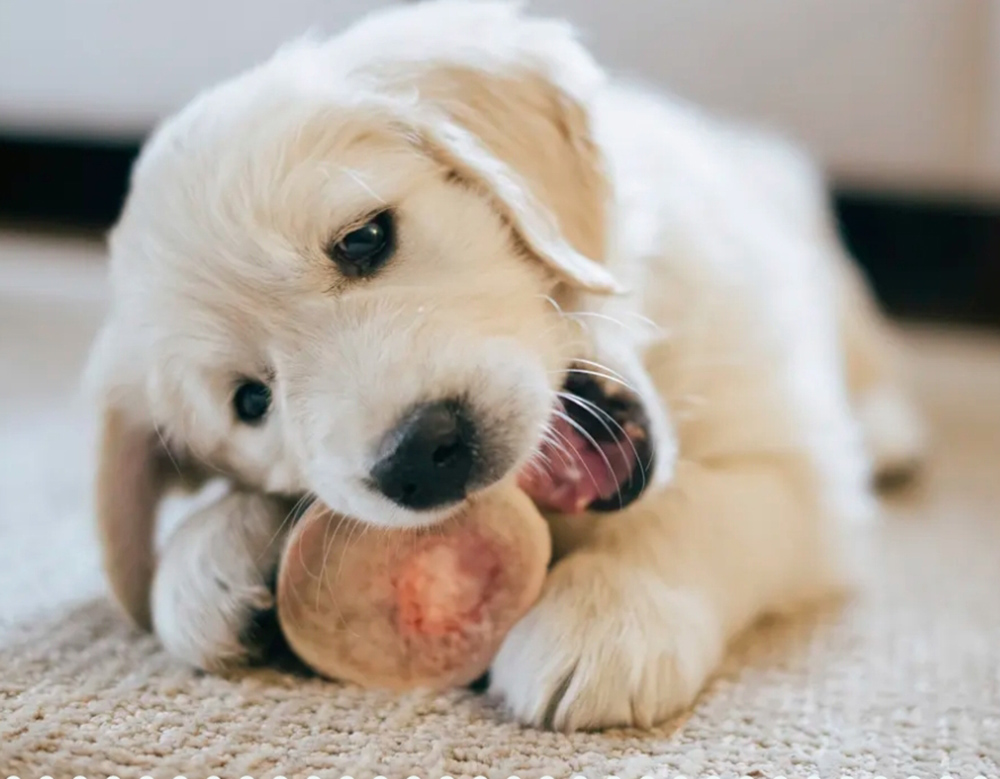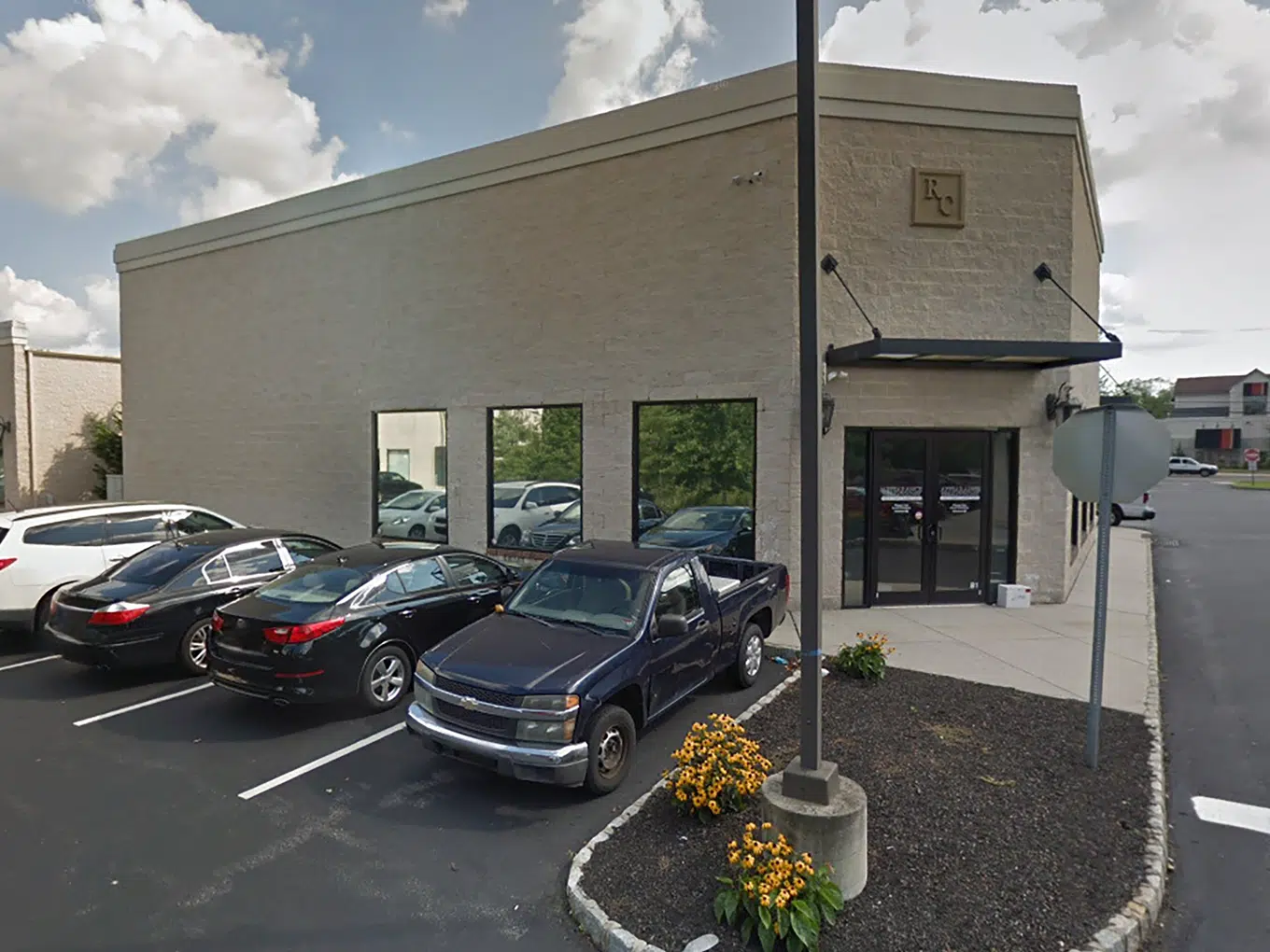By Heidi Clayton
When I did a search for “chewing in dogs,” all of the results centered around preventing your dog from chewing on your belongings and body parts. There was no research related to a dog’s actual need to chew.
Left to their own devices, every puppy in my life would have helped themselves to a multitude of my belongings to chew on, so I believe there is an innate need for dogs to chew.
When selecting bones or chews, the first thing I consider is my dog’s safety and the possibility of the bone being a choking hazard. I never give my bull terriers rawhide chews as they chew them with such tenacity that I know they would attempt to swallow a chunk. I also avoid synthetic chews like Nylabones after about 6 to 7 weeks of age.
Despite any assurances on the packages as being “chew proof,” my puppies have managed to swallow chunks of them. I had a chunk of Nylabone block a dog’s small intestine, which cost about $7,000 to remove. If you do give your dog Nylabones, always do an inspection of the chew to make sure that they are not ingesting any of it.
Feeding the raw diet, I give my dogs natural bones such as frozen knuckle or marrow bones. For teething puppies, I give them frozen marrow bones to gnaw on instead of synthetic chews, to help soothe their gums.
Frozen marrow bones are available at most grocery stores or butcher shops. I grab a bunch whenever I am at Tilton Market. They have a butcher who can cut them to the size of my liking.
With the raw diet becoming mainstream, there are a variety of online vendors who will ship frozen bones right to your door. During hunting season, my deer hunting friends bring me their ribs and bones, much to my dogs’ delight.
NEVER cook frozen bones as cooked bones splinter and can cause problems for your dog. This also applies to cooked steak bones.
Other popular chews are bully sticks, tendons, cow hooves, tracheas, cow ears, duck or chicken feet, deer or elk antlers, and fish skin chews. Full disclosure; bully sticks are made of the bull’s penis, hence the name. However gross they are to me, my dogs love them. Being tenacious chewers, I never give my dogs a bully stick unattended as they tend to wretch down the last little chunk.
Research on the value of your dog chewing is scant. I can say that gnawing on a meaty marrow bone brings my dogs great joy and entertainment. Giving your dogs bones to chew can help with tartar control and gum health. Most of the items listed above are given when I can be there to supervise.
As with anything you give your dog to chew on, there is always a risk/benefit assessment. Can a bone or chew upset your dog’s stomach or crack a tooth? The answer to both is yes. I tell all of my clients to give their dogs the chews that they are comfortable feeding and what works best for their dogs.
Providing your puppy or dog with bones that are not only tasty but long lasting can greatly reduce the occurrences of chewing your couch or shoes.
Heidi Clayton started Four On the Floor Dog Training to provide positive, reward-based dog training in South Jersey. She breeds, trains and shows bull terriers under the SoraBully’s Bull Terriers kennel name. Email questions to heidi@fouronthefloordogtraining.net or learn more at https://fouronthefloordogtraining.net









